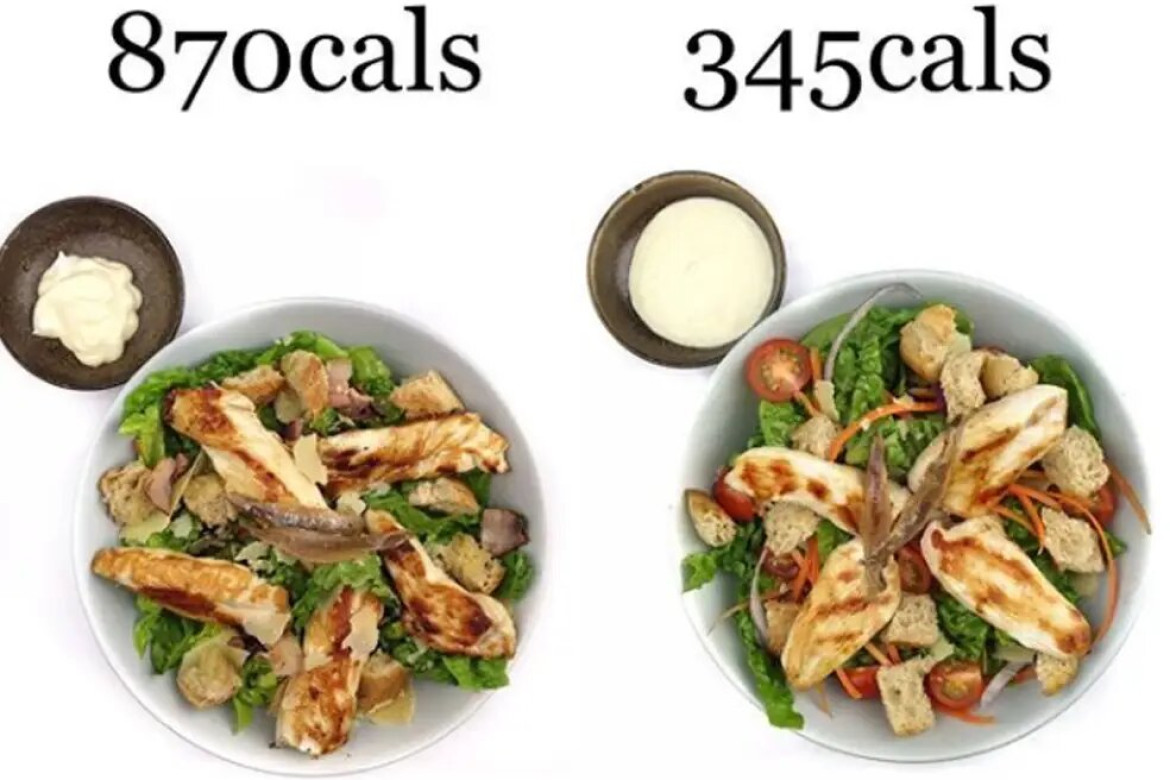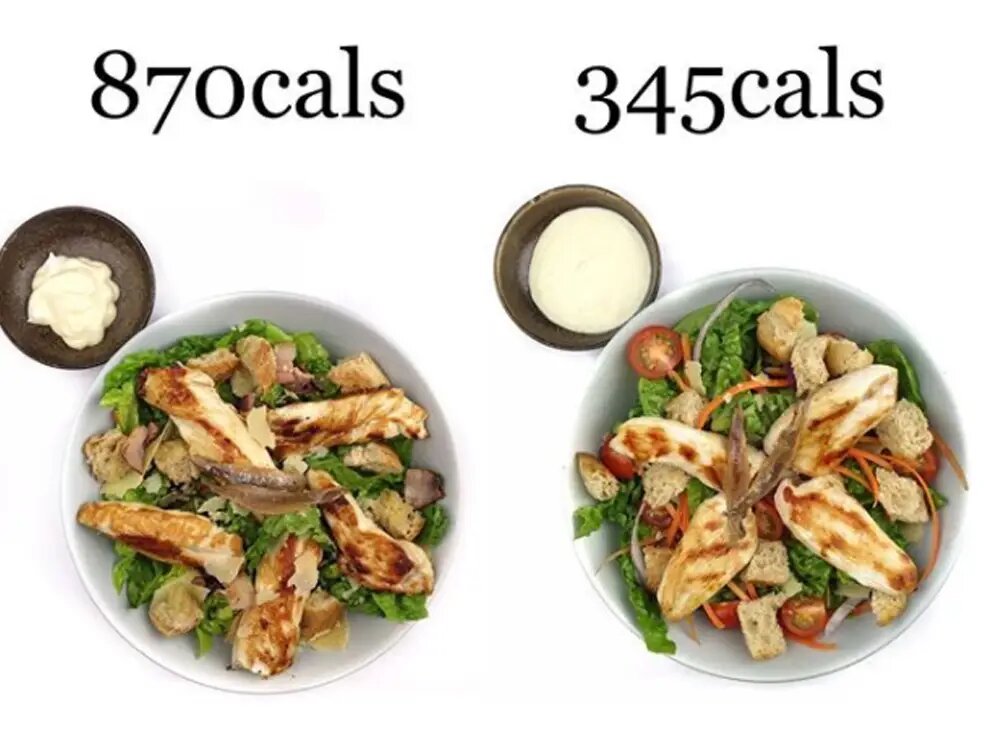
Why is chicken so low in calories? Join our experts to learn about the calories of chicken! All available in the article below.
Chicken is rich in protein and a popular food source worldwide.. It is low in calories, making it an ideal meat choice for those watching their weight. But why does chicken have such a low calorie count? Below we Ricon Latino will help you discover why is chicken so low in calories? so you can come up with a suitable diet for yourself.

One of the primary reasons that chicken is low in calories is due to its low fat content. Fat has more than twice the amount of calories per gram compared to protein or carbohydrates. This means that foods high in fat, such as beef or pork, will have a higher calorie count compared to chicken. Additionally, chicken is also relatively low in carbohydrates, which also contributes to its low calorie count.
In fact, one skinless, boneless chicken breast (approximately 4 ounces) contains around 120-150 calories, depending on cooking method. Therefore, chicken dishes are indispensable for those who want to reduce their calorie intake while still getting essential nutrients.
Read more: What ingredients are steak made from?

As mentioned earlier, chicken is lower in calories compared to many other types of meat. For example, 4 ounces of cooked beef sirloin steak contains around 260-300 calories, while the same amount of pork loin contains around 280-320 calories. Even relatively lean types of ground beef can contain around 200-250 calories per 4 ounces.
Fish is also a low-calorie food. While it is true that many types of fish are lower in calories compared to beef or pork, chicken generally has a similar calorie count to most types of fish. For example, four ounces of cooked salmon contains around 200-250 calories, which is comparable to a chicken breast.
Read more: what is fried pork fat called
Chicken is low in calories but provides abundant protein, it is suitable for people who are on a weight loss regime or working out at the gym. Here are some tips on how to incorporate chicken into your meals:
Choose skinless, boneless chicken breasts or thighs to reduce the calorie count even further.
Aim to bake, grill, or roast your chicken instead of frying it.
To create flavor for your chicken dish, add herbs or specialized spices to make it more delicious. Pair your chicken with plenty of vegetables and whole grains to create a balanced, nutrient-rich meal.

A: While most types of chicken are relatively low in calories, certain preparations (such as fried or breaded chicken) can add significant amounts of calories and fat. Always check the nutrition information when purchasing or preparing chicken.
A: As long as you're choosing lean cuts and incorporating plenty of variety in your diet, eating chicken every day can be part of a healthy eating plan.
A: Organic chicken is not necessarily lower in calories compared to non-organic chicken. However, many people choose organic chicken for other reasons, such as concerns about antibiotics or animal welfare.
A: The amount of chicken you should eat per day depends on your individual nutritional needs and goals. However, a serving size of chicken is generally around 3-4 ounces, so aim to include this amount in one or two meals per day.
Chicken is low in calories due to its relatively low fat and carbohydrate content. This makes it a great food choice for those looking to lose weight or maintain a healthy diet. By choosing lean meats and preparing chicken with healthy cooking methods and seasonings, you can create delicious, satisfying meals that will support your nutritional goals.